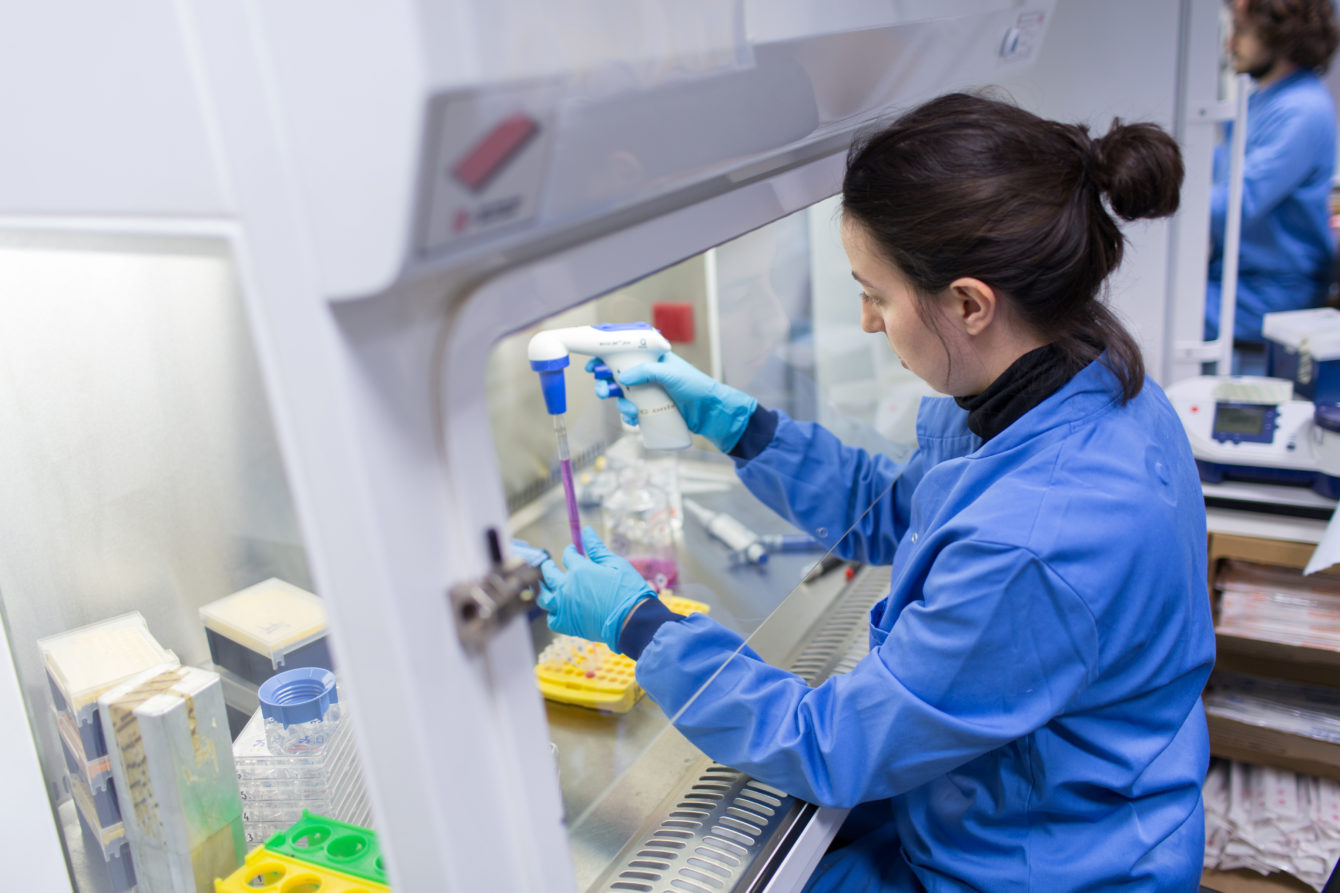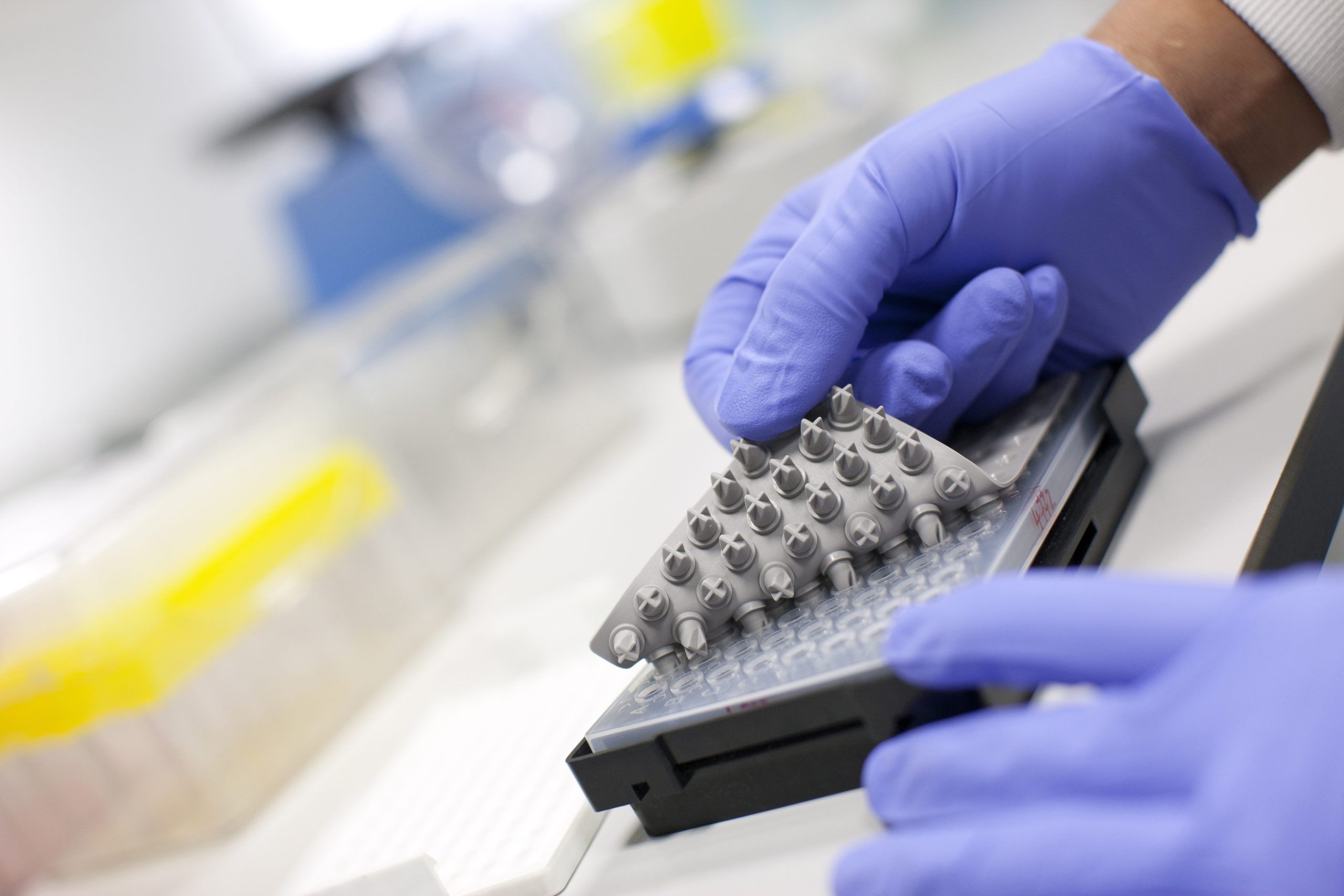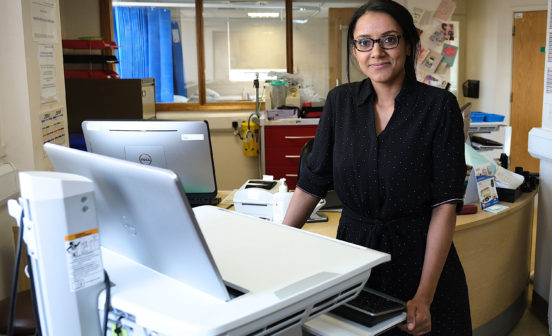DiagnosticInnovationPrevention Pancreatic architecture provides insights into the genetics of type 2 diabetes

NIHR Imperial BRC investigators have worked out how the genome is folded in pancreatic insulin-producing cells, and used this knowledge to create tissue-specific risk scores for type 2 diabetes.
Type 2 diabetes (T2D) is a polygenic disease that causes the level of sugar (glucose) in the blood to become too high. T2D occurs when the body does not produce enough insulin to function properly, or the body’s cells do not react to insulin. This means glucose stays in the blood and is not used as fuel for energy. Type 1 diabetes is when you cannot make any insulin at all. Approximately 90% of people with diabetes have T2D and it affects more than 400 million people worldwide.
A popular approach to study common polygenic diseases is to look at genetic variants in the population and correlate them with the risk for the disease. In the case of T2D, several recent efforts have implicated common genetic variants known as Single Nucleotide Polymorphisms (SNPs) in the T2D phenotype and identified a number of susceptibility loci. However, obtaining functional and causal information from these variants and their associated genes often proves difficult, especially when they are not located in genes. Many of T2D risk SNPs are, in fact, located very far away from any gene.
Researchers, supported by the NIHR Imperial BRC and Wellcome Trust, have analysed DNA from human pancreatic islets, the cells that produce insulin, and determined how DNA is folded in these cells. This revealed that many SNPs are located in genomic regions that form loops that place them in proximity with genes that most likely mediate the effects of genes. They systematically mapped more than 1,300 “hubs” that have a large number of loops, and are particularly enriched in T2D SNPs. Using genome editing in cell lines, they prove that hub T2D SNPs often influence the activity of more than one gene.
The study, published in Nature Genetics, also created a catalogue of hub SNPs that was used to build polygenic scores that predict individuals whose genetic risk for T2D is mediated through effects of SNPs on insulin-producing cells. They believe these scores can be useful to distinguish people who are at risk for T2D through other mechanisms.
Prof Jorge Ferrer, NIHR Imperial BRC Genetics and Genomics Theme Lead said: “We have charted how the genome is folded in human pancreatic islets. This has allowed us to identity the genes that are controlled by DNA variants that influence T2D risk and brings us closer to understanding the molecular mechanisms underlying the disease.”
Dr Ines Cebola, Lecturer at Imperial and NIHR Imperial BRC Genetics and Genomics Theme Researcher said: “Using data from the UK Biobank cohort, we have also been able to build genetic risk scores that can tell us who is at risk for T2D because their genetic makeup has an impact on pancreatic islet function. This is an innovative method of using polygenic risk scores to define process-specific risks, and bring us closer to the implementation of precision medicine in type 2 diabetes .”
This publications was recently reviewed on “preLights” by Carmen Adriaens, more detail of which can be read here.





